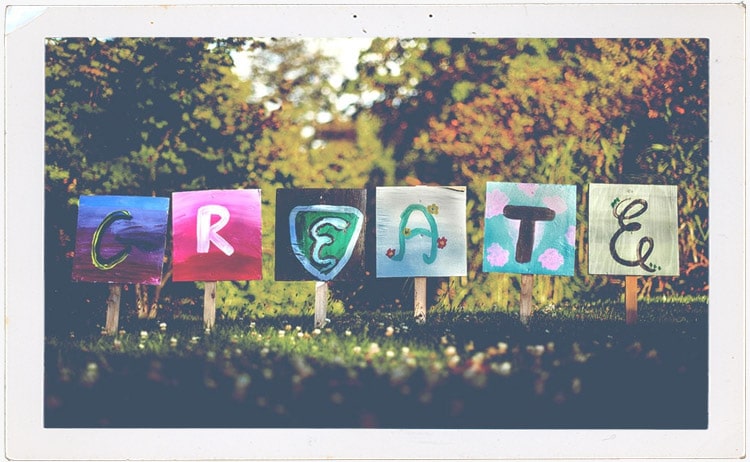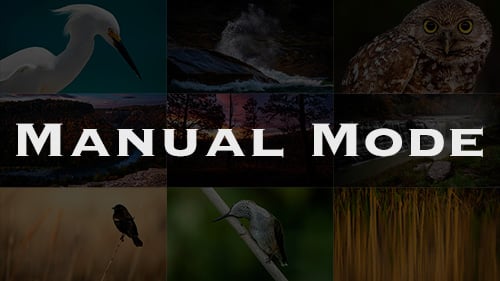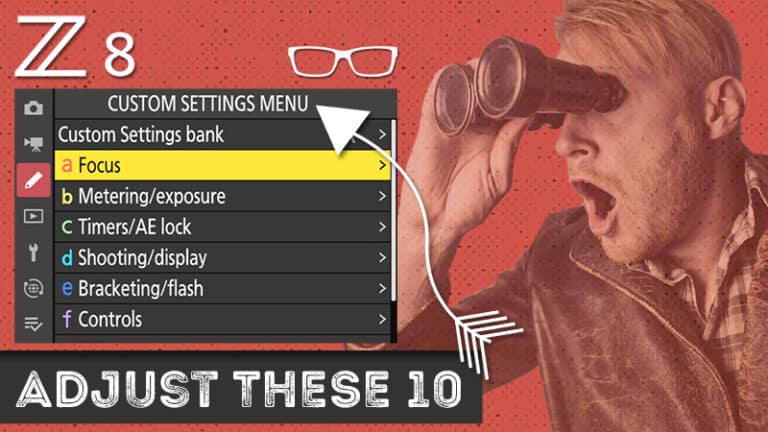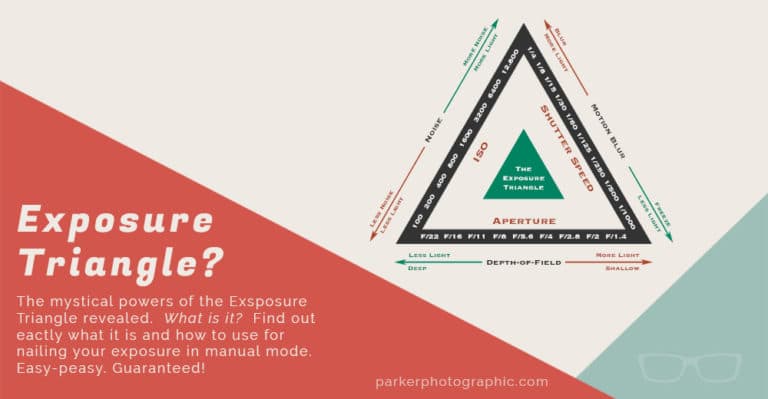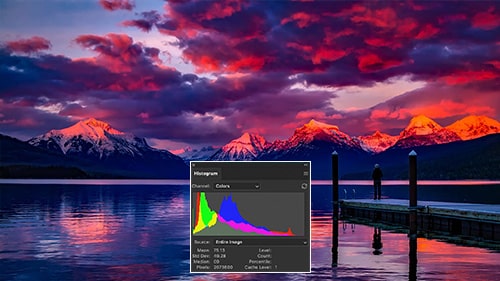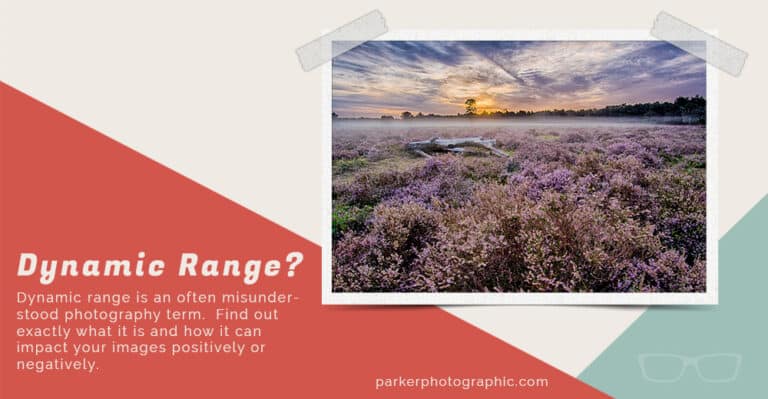Aperture in Photography Explained... For Beginners
Subscribe
Something interesting happens when you adjust the aperture from smaller to larger.
Previously, you learned that the aperture is a fancy name for a hole in your lens and how it affects your exposure.
However, the aperture is crucial for creating those soft, milky, blurry backgrounds.
You often see from pro photographers, so how did I achieve that for those images?
Well, part of the secret is the size of the aperture used, and in essence, the larger the aperture or the hole in your lens, the softer your background will become.
I should also point out other factors that determine how much the background is blurred out, like the length of your lens, the distance between your subject and the lens and the background, and more.
You’ll learn more about those later in this camera masterclass and discover how to use apertures creatively in this tutorial.
Instead of telling you what happens when you change your aperture, I want you to experience it yourself.
So grab your camera and put it in aperture priority mode.
Here’s how to locate your control dial. Depending on your camera, it might be within your digital screen. Rotate the dial until you see A or Av, which is aperture priority.
Now, you have complete creative control over the aperture, and your camera will automatically choose the shutter speed for you to get the correct exposure.
And remember to set the ISO based on the lighting condition of your scene, as I recommended in the last tutorial.
That is if you don’t have auto iso.
To choose the aperture you want to shoot with, you’ll need to turn a dial on your camera to adjust it accordingly.
Now, grab any two items and set them about six to 12 inches apart.
For the first photo, we will set the lens to the largest aperture for that lens.
That could be something like F1 0.4 or F 2.8. It all depends on your specific lens.
And then, you’re going to focus on the front object and take a photo.
Then, you will change your aperture to the smallest hole, like F 16 or F 22.
And then, you’re going to focus on the front object again and take another photo.
Alright, let’s compare the two images I took side by side.
So, the first image was created at f/16 and the second at f/1.4.
In both images, you can see that the elephant is in focus, but the zebra is only in focus, and the one shot at f/16 and f/1.4 is not in focus at all.
So, the area in focus is referred to in photography as the depth of field.
More on that will come up in the following tutorial and a deep dive into apertures, which will blow your mind.


